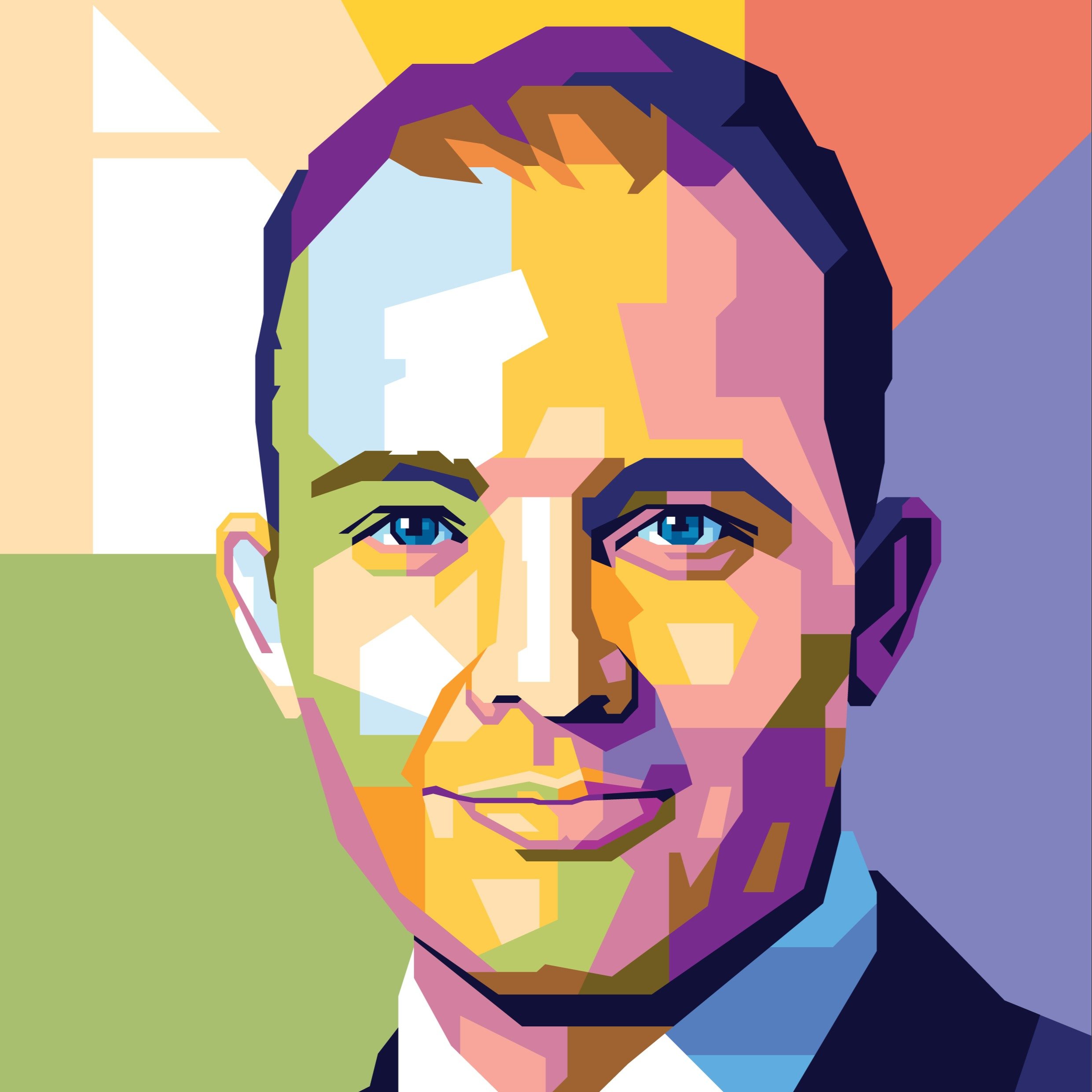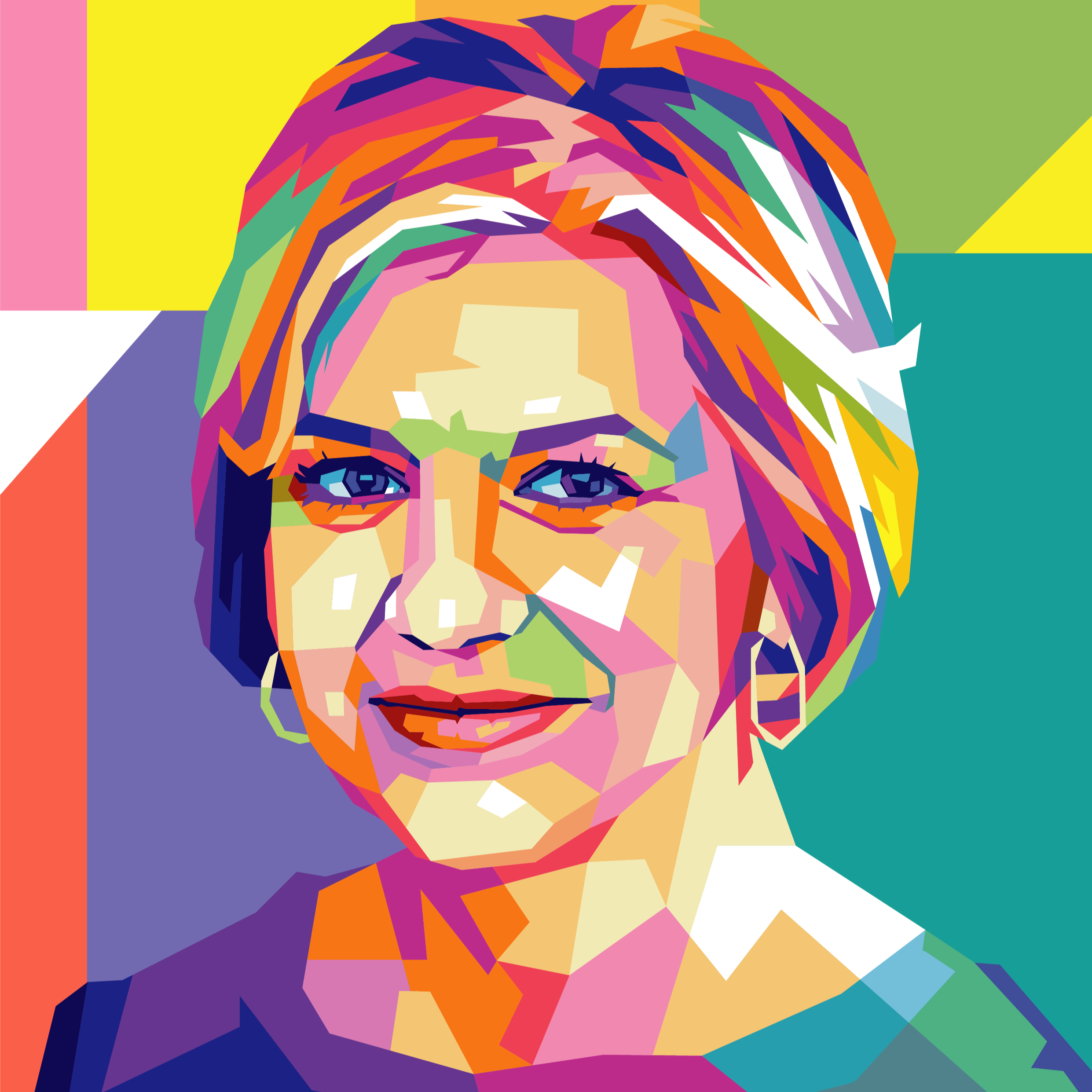As central banks wrestle with how to respond to volatile economic data and banking turmoil, while also fighting inflation, Franklin Templeton’s economists provided their perspectives on what’s next for economic growth, interest rates, inflation and fixed-income markets.
Our panel discussion included John Bellows, Portfolio Manager, Western Asset Management; Sonal Desai, Chief Investment Officer, Franklin Templeton Fixed Income; Michael Hasenstab, Chief Investment Officer, Templeton Global Macro; Gene Podkaminer, Director of Research, Franklin Templeton Investment Solutions; and Francis Scotland, Director of Research, Brandywine Global.
Below are my key takeaways from the discussion:
- Very little has changed in the forward outlook from last quarter to this quarter, despite the tumultuous feel of events. If anything, the case for fixed income has strengthened and plays an even more pivotal role in portfolios. The estimates of the top rates that the Fed Reserve (Fed) will target have come down a little but remain very similar to prior estimates.
- Confidence in the banking system remains a risk as the full ramifications of the turmoil are still unclear. The banking turmoil seems to have only impacted specific banks with management shortcomings and particular issues with their asset/liability mix. Until some time has passed, and we can assess how banks perform and how the public views and uses banking, we will not have a complete answer.
- The path to getting inflation into the 2% target zone is still not clear, thus creating differing views of pending rate hikes and how long before a pivot. Some panelists see the stickiness of inflation persisting and see continued rate hikes in an attempt to reach the Fed’s inflation goal. These panelists see a top rate of roughly 5.25%, which would hold for the remainder of the year. This is slightly lower than the forecast from last quarter. As negative economic data become visible, the odds of rate hikes decline. One panelist thinks the Fed will discontinue rate increases now or very soon due to economic dislocation, which will cause inflation to drop.
- The US dollar will likely weaken. The US dollar has had exceptional returns, but if focus returns to the fiscal deficit, current account deficit and relative growth differential, the US dollar could weaken. It may not be a dramatic weakening but will almost certainly be volatile.
- Asia, particularly China and Japan, looks poised to show strong economic growth and opportunity. There is a divergence in growth opportunities between Asia and the rest of the world. China’s reopening will create consumption-driven economic activity. This should cause a positive ripple effect across the region and the globe. Japan has particular strength in automation, which will be a competitive advantage as supply chains are restructured.
- Geopolitical conflict remains a key risk. The continuing areas to watch are US/China and US/Russia relationships. There are also risks of an unanticipated (or “unknown unknown” risk) conflict, given the volatile economic and political conditions in many regions around the world.
- In a welcome change from last year, fixed income is again exhibiting a negative correlation to other portfolio assets. Fixed income has finally more “income” and is providing some diversification from equities. All of the panelists are more positive on fixed income in general and increasing duration than in the previous quarter. The short end of the yield curve is more expensive, so our panelists are focused on broader exposure and are moving to neutral or longer duration. One panelist is focused on five-to-10-year bonds for the best opportunities. The focus remains on high-quality bonds in this environment.
- Volatility creates opportunity. Often markets initially overreact to economic events, which creates opportunities to invest. It is a difficult and important lesson to remember and was reinforced by several panelists. Volatility creates investment opportunities.
While it may be a rocky road, we believe it is important to develop a long-term outlook and construct a well-diversified portfolio to best capture opportunities. Diversified portfolios can help weather-changing conditions and provide a range to take advantage of opportunities under many scenarios. A larger fixed-income allocation can provide more income to portfolios and hedge some market risk from other asset classes.
This blog is sponsored by AdvisorEngine Inc. The information, data and opinions in this commentary are as of the publication date, unless otherwise noted, and subject to change. This material is provided for informational purposes only and should not be considered a recommendation to use AdvisorEngine or deemed to be a specific offer to sell or provide, or a specific invitation to apply for, any financial product, instrument or service that may be mentioned. Information does not constitute a recommendation of any investment strategy, is not intended as investment advice and does not take into account all the circumstances of each investor. Opinions and forecasts discussed are those of the author, do not necessarily reflect the views of AdvisorEngine and are subject to change without notice. AdvisorEngine makes no representations as to the accuracy, completeness and validity of any statements made and will not be liable for any errors, omissions or representations. As a technology company, AdvisorEngine provides access to award-winning tools and will be compensated for providing such access. AdvisorEngine does not provide broker-dealer, custodian, investment advice or related investment services.






